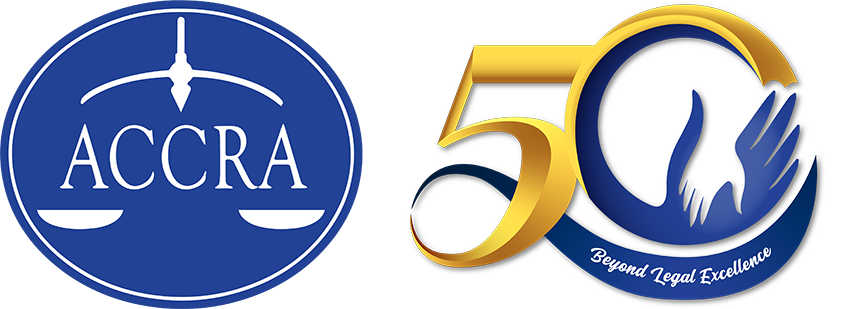“Moonwalk” is a dance move popularized by the King of Pop, Michael Jackson. It is his signature dance move which catapulted him into stardom. Aside from Jackson, other celebrities and figures (whether living persons or “inanimate entities/objects”) have distinctive “signature moves” — Michael Jordan and his one hand, flying air dunk; movements of popular video game characters like Street Fighter’s Ryu and his Haddouken and Dragonball’s Son Gokou and his Kamehame Wave.
The question now arises whether a certain “movement” or “motion” can be subject to trademark protection, which would allow the creator of such motion prohibit others from copying the same gestures.
The Agreement on Trade Related Aspects of Intellectual Property Rights (“TRIPS Agreement”) (to which the Philippines is a signatory) defines “trademark” as any sign capable of distinguishing goods or services of one undertaking from those of others. Our own Intellectual Property Code (RA No. 8293) (“IP Code”) expressly defines “trademark” as any “visual sign” capable of distinguishing one’s goods or services from those of another.
Traditionally, trademark protection is restricted to static, non-moving visual signs and symbols. However, the wide use of digital marketplace and the increasing market competition paved the way for the use of visual non-static or motion marks.
A motion trademark includes “moving images, which can combine colors, sounds and aspects of product designs.” Clearly, this conceptual definition satisfies the visual requirements of IP Code. An example is the motion of the “Lamborghini car door” referring to the unique movement of the door as the vehicle is opened or closed.
Current motion marks are mostly registered in the European Union (“EU”) and the United States since their laws and jurisprudence allow the same. A famous example is Nokia phone’s opening screen display. The motion mark involved therein consists of the motion of two hands reaching out to each another.
Cognizant of the need to provide a stable legal framework for non-traditional trademarks, EU recently changed its EU-wide trademark regulation taking full effect in October 2017. The new regulation removed from its definition of trademark the requirement that the mark must be capable of being “graphically represented.” In lieu thereof, the EU regulation now requires that the mark must be capable of “being represented on the register in a manner which enables competent authorities and the public to determine the clear and precise subject matter of the protection.” With this change, several non-traditional marks are now registrable as a trademark in EU, including hologram/motion marks and multimedia marks. It paved the way for these non-traditional marks to become registered in the EU, so long as the scope of what is being protected can be properly determined in any manner/form which can be represented in the relevant Trademark Register/Agency.
An example of a motion mark currently registered with the EU IP Office is Sony Mobile’s moving depiction of its circular logo (popularly known as Sony Ericsson’s logo) with a flowing orange ribbon moving like a liquid (Registration No. 008581977). It was represented in the records of the EU IPO as a series of figures (20 figures in all) presented in JPEG format.
Meanwhile, Bang & Olufsen attempted to register with EU IPO a hand gesture composed of an open hand starting in an upright position (fingers pointed upward) then clenching the four fingers against the thumb, forming a semi-closed elongated hand (Application No. 017280264). This was represented before the EU IPO in a video file (MP4). However, this hand gesture mark was refused by the EU IPO for lacking distinctiveness and being ambiguous in terms of the scope of protection being sought by Bang & Olufsen (as represented by the video file submitted).
Apart from the distinctiveness requirement and the requirement that the motion mark be represented in an intelligible visual format enabling “viewers” thereof to clearly determine the scope of protection, it is required that the motion mark be not dictated by functional reasons. In the Lamborghini car door example, the motion of it being opened is non-functional since there is a common way of opening car doors; an upward opening movement is definitely not usual.
Under our IP Code, there appears to be no serious legal obstacle against registering motion marks with the Intellectual Property Office of the Philippines (“IPOPhil”). The definition of “trademarks” under the IP Code is clear enough to allow registration of motion marks. However, there may be administrative challenges in terms of actually submitting the trademark application for a motion mark and the IPOPhil keeping the records that will faithfully represent the motion mark. Unfortunately, IPOPhil Trademark Regulations (implementing the IP Code) is inadequate in terms of accommodating methods how to represent a motion mark. EU IPO’s trademark regulations require that motion marks must be represented in a series of JPEG-format figures or MP4-format video file (not to exceed 20MB). In comparison, IPOPhil Trademark Regulations poses serious limitation since it still contemplates a static, non-moving representation of the mark, i.e., printed on a paper or a scanned or electronic copy thereof. Hence, there is a need to align the IPOPhil Trademark Regulations with what seems to be an existing legal recognition on the registrability of motion marks in our IP Code.




